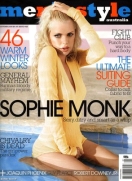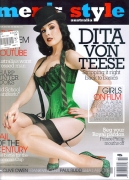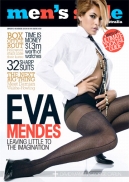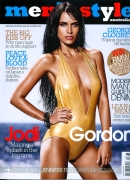The 27 Second Interview
Duff Watkins and Jean Woo
|
Your next job interview will last 27 seconds. Why? Because that’s all the time you have to form a good first impression. Why so fast? Because for thousands of years human survival has depended on how quickly we could size up a situation or another person. Human brains are hardwired to attempt to assess other people quickly (if inaccurately). Employers are human too. Like all humans they use short-cuts to save time when making decisions. Your cover letter is glanced at, your resume is scanned and your interview is determined largely by the first impression that you create. So whether interviewing for a job, attending your performance review, or meeting with your boss to request a pay rise, your attire is crucially important. What the interviewer sees must match what you say because the visuals always eclipse the verbals. So get it right the first time or there won’t be a second. |
Experts and authorities (including us) advise you to dress conservatively for job interviews. But exactly what is conservative? Conservative dress means being moderate in style and avoiding novelty or showiness. A conservative look is traditional and conventional. It avoids extremes and doesn’t distract the viewer. That’s the key. A conservative look is safe because it won’t surprise, annoy or disturb your potential employer. It buys you that precious 27 seconds of time in which to make a positive impact on the interviewer. So when in doubt about what to wear to an interview or meeting, err on the side of conservatism. Ultimately, you want your personality to stand out, not your clothes. So make sure that your interview attire plays a supporting not a starring role. Don’t put your clothes on centre stage but do don duds that will be noticed as being appropriate and well-fitting. |
Fail Safe StyleGeez, what’s a bloke to do? Appear too formal and you give the impression of being rigid and
stuffy. Here’s how to get it right, every time: 1) Prepare
2) Appear Conservative (…even if you’re not)
3) Forbear
|
Bottom line: Will dressing properly get you the job?
No.
But the right clothes give you a 27 second opportunity to make the right
impression.
© Duff Watkins, Jean Woo 2007
 |
Dr Duff Watkins is Director, ExecSearch International - Australia. His articles appear in Men’s Style Australia, Sydney Morning Herald, Company Director Magazine, Melbourne Herald Sun and many others. |
 |
Jean Woo is author of Executive Style. dress essentials for men and women. Once a corporate lawyer, she is now Director of Personal Brand Management. They are co-authors of Dress For Effect.: secrets of sartorial splendour |




